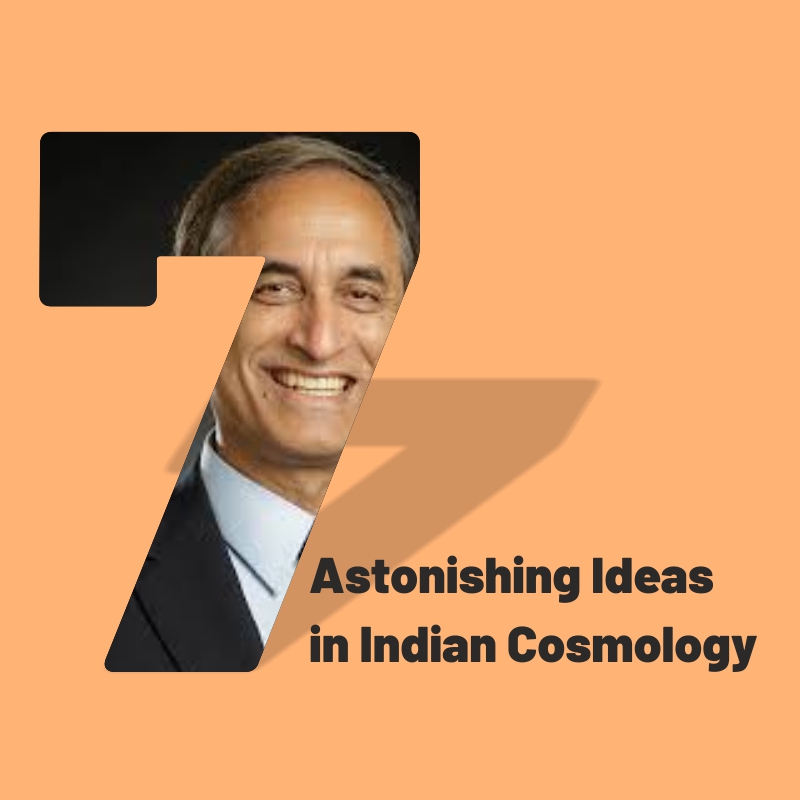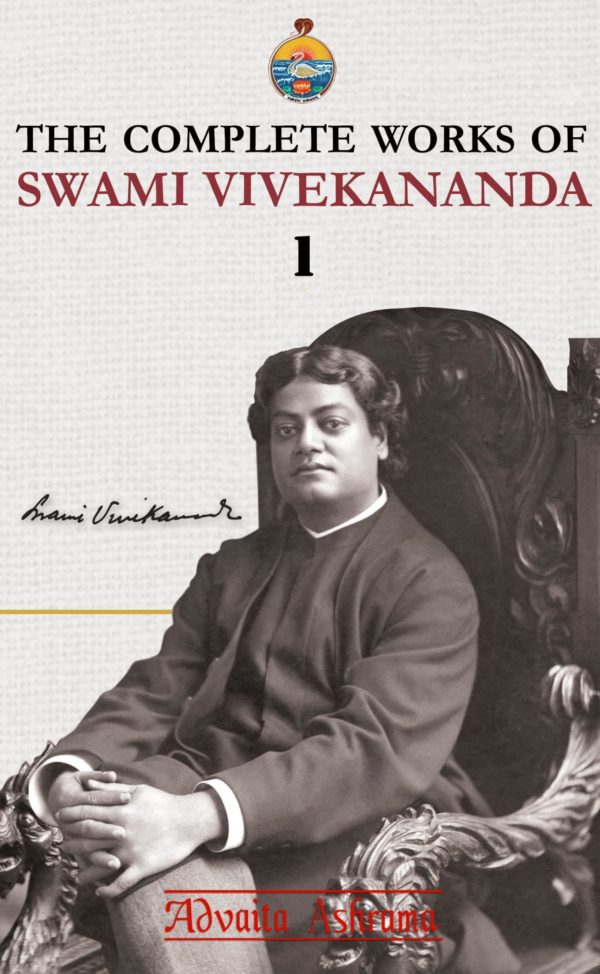- Visitor:37
- Published on: 2025-06-03 05:11 pm
Mata Dhoomavati: The Goddess of Transformation and Wisdom
In today's world, where youth, success, and material gains are glorified, Dhoomavati’s teachings are more relevant than ever. She reminds us that wisdom comes from embracing all aspects of life, including struggles and solitude. Her path is not one of active becoming, but of radical unbecoming. She is the teacher of akarma—non-doing—not as inertia, but as a state beyond egoic action. In her presence, the illusion of the doer collapses. The seeker no longer strives for realization as a goal to be attained, but begins to intuit that the very effort to attain is itself a barrier. Dhoomavati’s sadhana is therefore a pathless path—one that demands surrender, not striving; receptivity, not resistance.

In the vast spectrum of Hindu spirituality, the Mahavidyas—the ten great wisdom goddesses—represent different aspects of divine energy. Among them, Mata Dhoomavati stands as a unique and often misunderstood figure. Unlike the radiant and benevolent forms of Shakti, she embodies the shadow aspects of existence, teaching profound lessons about impermanence, solitude, and transformation. In this article, we explore how Dhoomavati is not merely a goddess of misfortune but a powerful force of wisdom, guiding seekers toward self-realization and inner strength.
The Symbolism of Mata Dhoomavati
Mata Dhoomavati is depicted as an elderly widow, riding a horseless chariot or a crow, symbols of detachment and transcendence. Her appearance is smoky and shadowy, representing the impermanence of life and the wisdom gained through suffering. Mata Dhoomavati is known as “the smoky one” (“dhoom” meaning “smoke”) Her entire form is infused with symbolism that speaks to the metaphysical essence of the void (sunya) and the shadows within human consciousness.
Her complexion is of smoke—neither fully dark nor entirely light, reflecting the indistinct space between clarity and confusion. She rides a chariot without horses, symbolizing stagnation, stillness, or suspension from forward momentum. The path she takes is one of reflection, not action. A black crow, an omen of death and transformation, perches on her vehicle, often seen as the one who connects realms—life and afterlife, form and formlessness. She holds a winnowing basket, traditionally used to separate grain from chaff. Spiritually, it represents her role in distinguishing essence from illusion. Her widowhood is central, In Tantric metaphor, Shiva—the consort—is often the symbol of consciousness. Her being a widow signals the total absorption of consciousness into the void, the dissolution of duality. Dhoomavati’s repulsive appearance challenges the aesthetic assumptions that the divine must always be beautiful. In truth, she embodies the sacred in what is rejected. Her presence is a confrontation, not an invitation.
Dhoomavati in Tantric Wisdom
Tantric traditions view Dhoomavati as the goddess of the void, the space where transformation occurs. She is associated with deep introspection, renunciation, and the dissolution of ego. Unlike other goddesses who symbolize creation and abundance, Dhoomavati teaches that true wisdom comes from loss, detachment, and facing one's fears.
Engaging with Dhoomavati as a sadhana often precipitates what mystics and contemplatives have described as the “dark night of the soul.” It is a passage marked not by illumination but by its absence—a stark interior barrenness where all previous spiritual consolations vanish. Here, the practitioner is stripped of doctrinal crutches, religious certainties, and even the aspiration for liberation. It is a sacred desolation, a testing ground where authenticity is forged in the fires of despair.
Yet, within this abyss lies the womb of a subtler grace. Dhoomavati demands not transcendence but total relinquishment—the surrender of the very desire for awakening. Only in this complete yielding, when one no longer clings to enlightenment, progress, or identity, does her deeper gift emerge. In the stillness of surrender, her presence is no longer terrifying but liberating. Her emptiness becomes spaciousness, her silence becomes clarity.
Thus, Dhoomavati is not a goddess of despair, but of truth—the uncomfortable, raw truth that precedes all transformation. She is the gatekeeper of spiritual maturity, guiding the aspirant not around suffering, but through it—toward a freedom that arises only when there is nothing left to lose.
Rituals and Worship of Mata Dhoomavati
Though she is not widely worshipped in mainstream traditions, Dhoomavati holds a special place in Tantric practices. Her devotees often perform sadhana (spiritual discipline) to invoke her wisdom. Common rituals include:
Meditation on impermanence—reflecting on the transient nature of life.
Offerings of sesame seeds and mustard oil, symbolizing purification.
Chanting her mantra to invoke her guidance: “Om Dhoom Dhoom Dhoomavati Swaha”
These practices help seekers detach from illusions, embrace solitude, and find clarity in adversity.
The Importance of Mata Dhoomavati in Modern Times
In today's world, where youth, success, and material gains are glorified, Dhoomavati’s teachings are more relevant than ever. She reminds us that wisdom comes from embracing all aspects of life, including struggles and solitude. Her path is not one of active becoming, but of radical unbecoming. She is the teacher of akarma—non-doing—not as inertia, but as a state beyond egoic action. In her presence, the illusion of the doer collapses. The seeker no longer strives for realization as a goal to be attained, but begins to intuit that the very effort to attain is itself a barrier. Dhoomavati’s sadhana is therefore a pathless path—one that demands surrender, not striving; receptivity, not resistance.
Conclusion: Dhoomavati as the Final Teacher
Among the ten Mahavidyas, Dhoomavati is perhaps the most enigmatic—shrouded in smoke, aged beyond time, unadorned, and veiled. She is not the goddess of beginnings, but of ends. She does not initiate the journey; she completes it. She is the silence after all mantras have dissolved, the stillness after all movements have ceased. She is the residual ash after every fire of aspiration has burned out. And it is in this ash, paradoxically, that the seeker finds what cannot be burned: the eternal self (atman). Scriptural traditions such as the Rudrayamala Tantra describe Dhoomavati as “the smokey one” who appears inauspicious, but grants supreme liberation (moksha-pradayini). She is said to dwell in cremation grounds, in the spaces abandoned by worldly desire and egoic pursuit.
The Tantrasara, commenting on her symbolism, notes that Dhoomavati signifies the pralayavastha—the dissolution phase not only of the cosmos but of the seeker’s self-concept. She is mahashunya, the Great Void, not as nihilism, but as pure potential and foundational ground. Her fearsome iconography—riding a chariot without horses, holding a winnowing basket,and with disheveled hair—points not to misfortune but to utter detachment. Her unembellished form is a radical challenge to the spiritual ego that seeks beauty, comfort, or transcendence through aesthetics. She reveals the truth of the Brihadaranyaka Upanishad’s dictum: “Neti-Neti”—not this, not that. When all attributes are stripped away, when even the seeker’s desire for awakening dissolves, Dhoomavati remains.
She does not offer love, but clarity. Not blessings, but discernment. She grants nothing—but in her absolute negation, she opens the door to everything that is Real. The Kularnava Tantra describes this path as nihspriha-marg—the way of the desireless, where liberation (moksha) is not attained through effort, but through release (tyaga). Dhoomavati’s path is thus the final stage of advaita sadhana, where the duality between seeker and sought collapses, and what remains is pure consciousness.
To walk with Dhoomavati is to walk with Death—not as annihilation, but as the end of illusion. She is akarma shakti—the power of non-doing—reflecting the Bhagavad Gita’s teaching of naishkarmya siddhi, the perfection of non-action (IV.18). Her grace emerges when striving ends, when even spiritual ambition is surrendered at the altar of the unknown. She is not the goal, but what remains when all goals vanish. In her smoke, the veil of maya lifts. In her void, the ego finds no place to stand. In her terrifying embrace, the seeker meets the one thing left—truth, naked and whole. Thus, Dhoomavati is the final teacher not because she teaches new doctrines, but because she dissolves all teachings into silence. She is the sovereign gate of dissolution, the antim shakti, through whom the limited self dies—and the limitless self awakens.
- 18 min read
- 1
- 0










